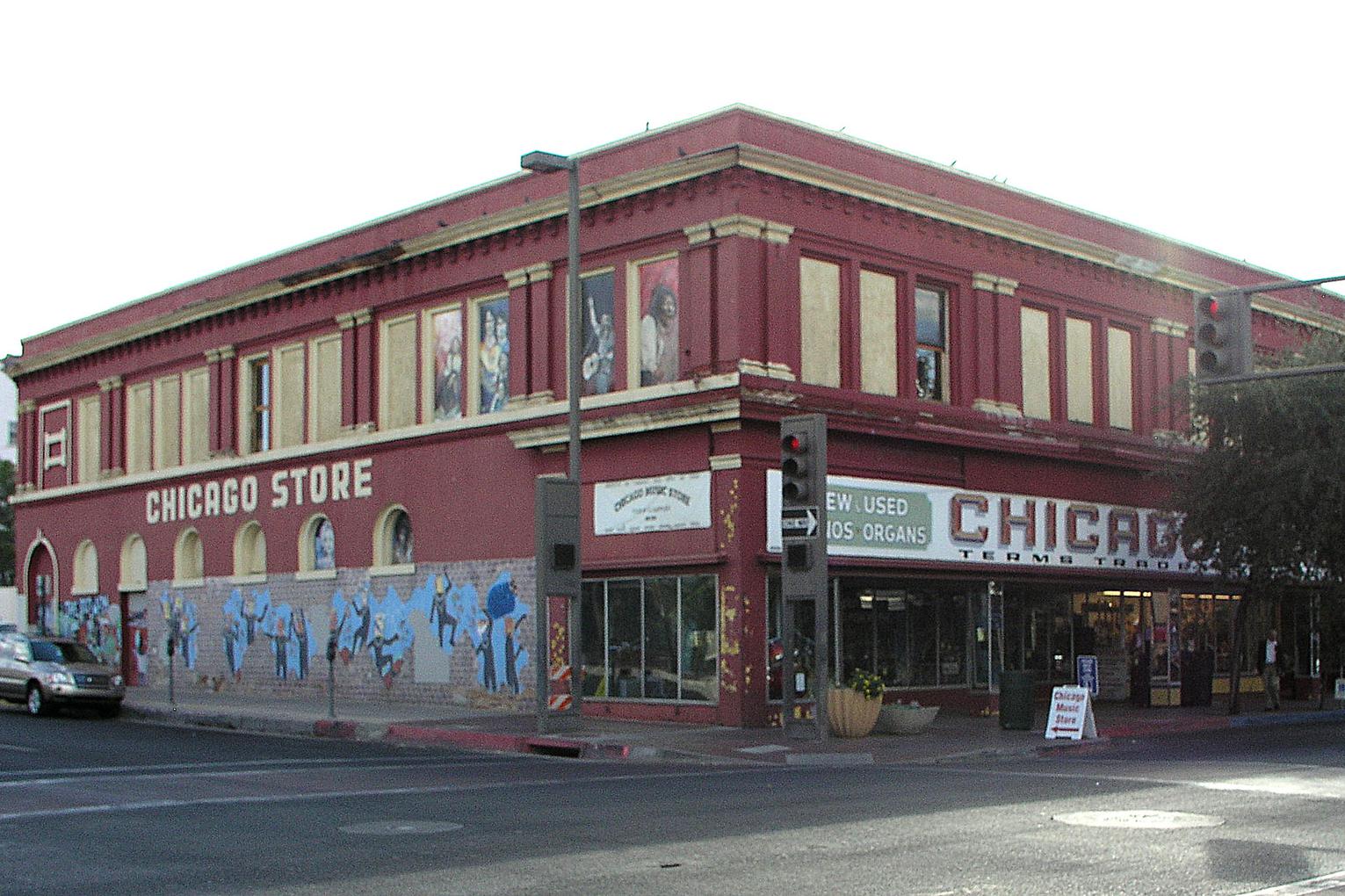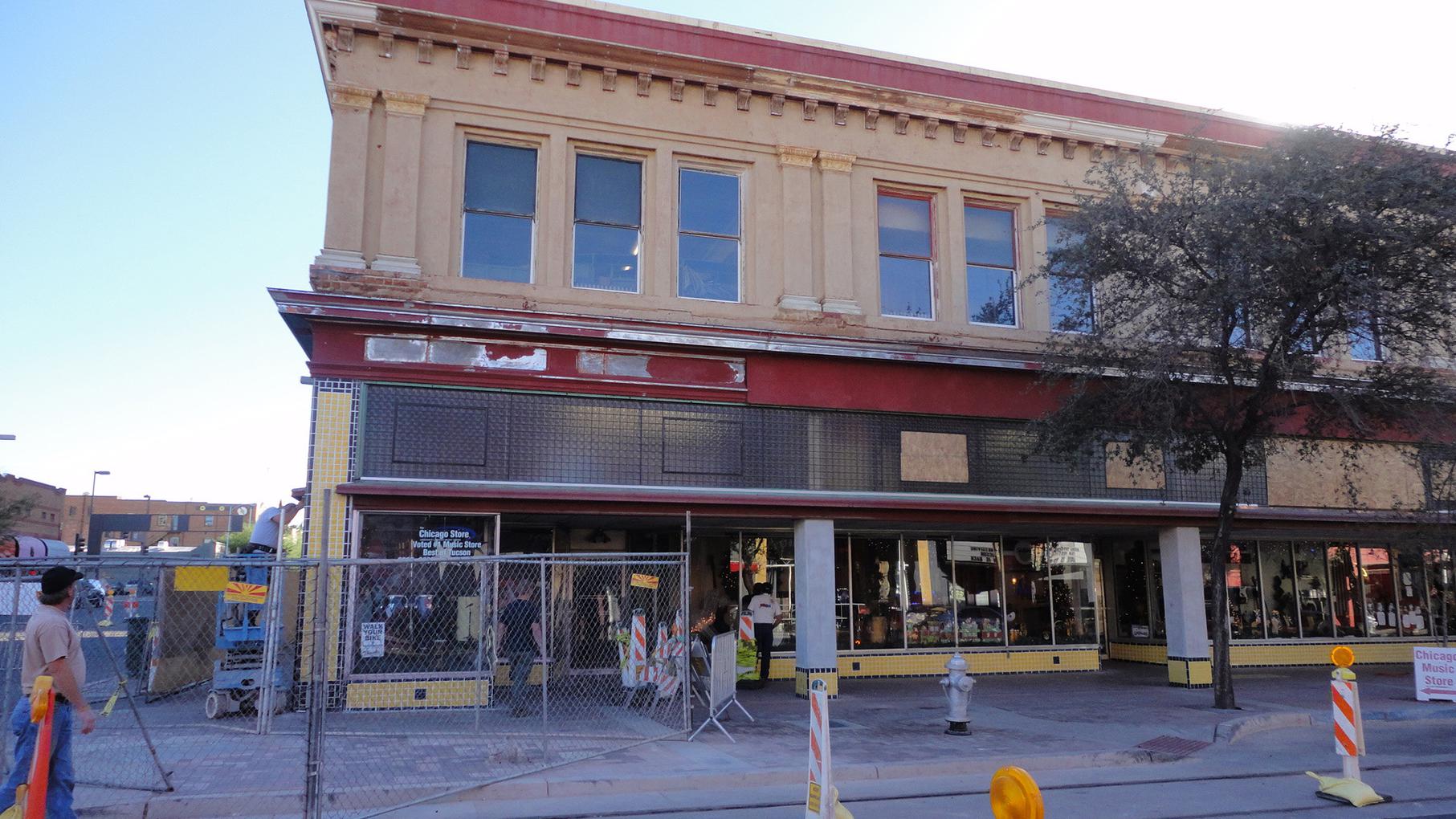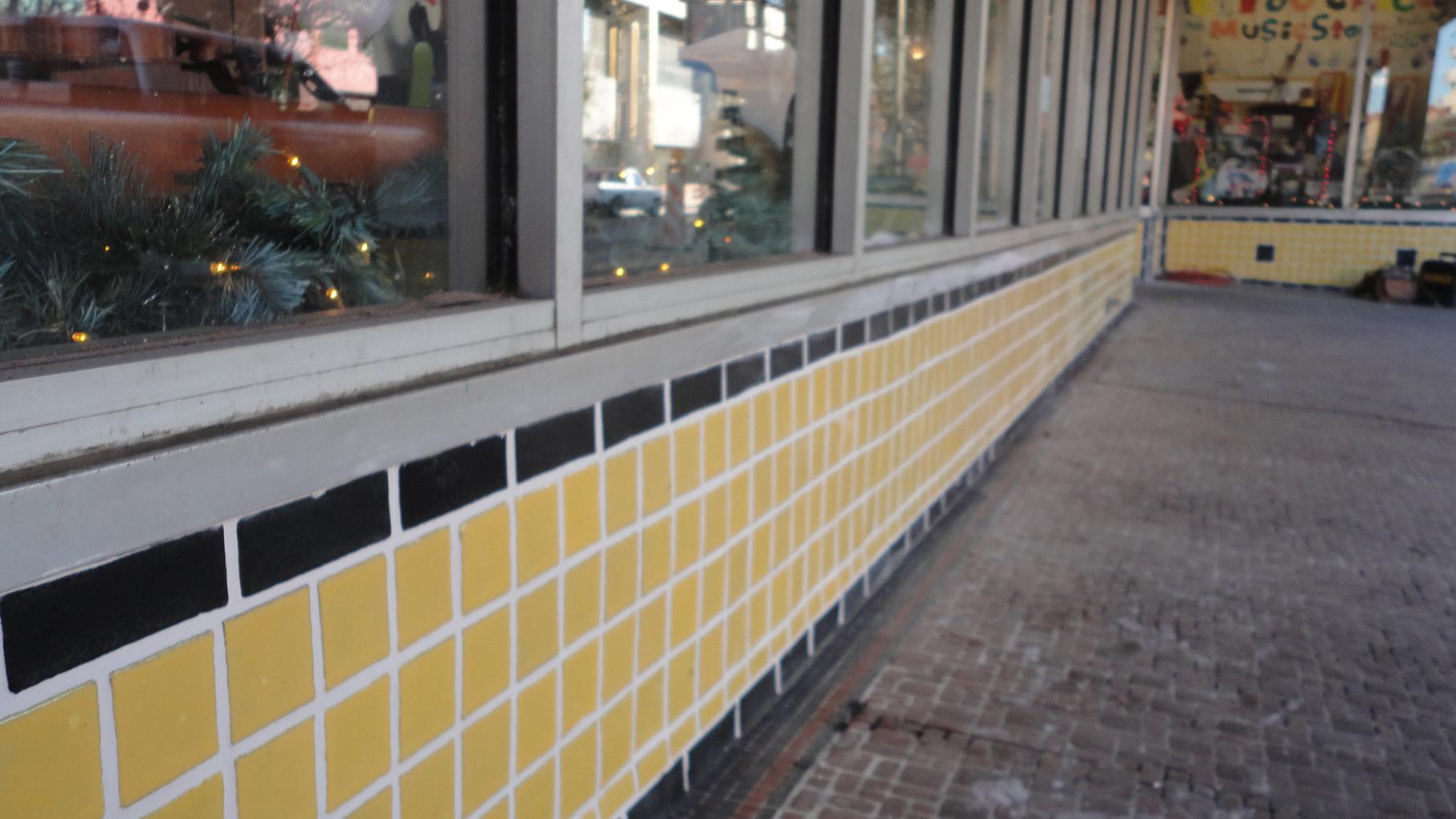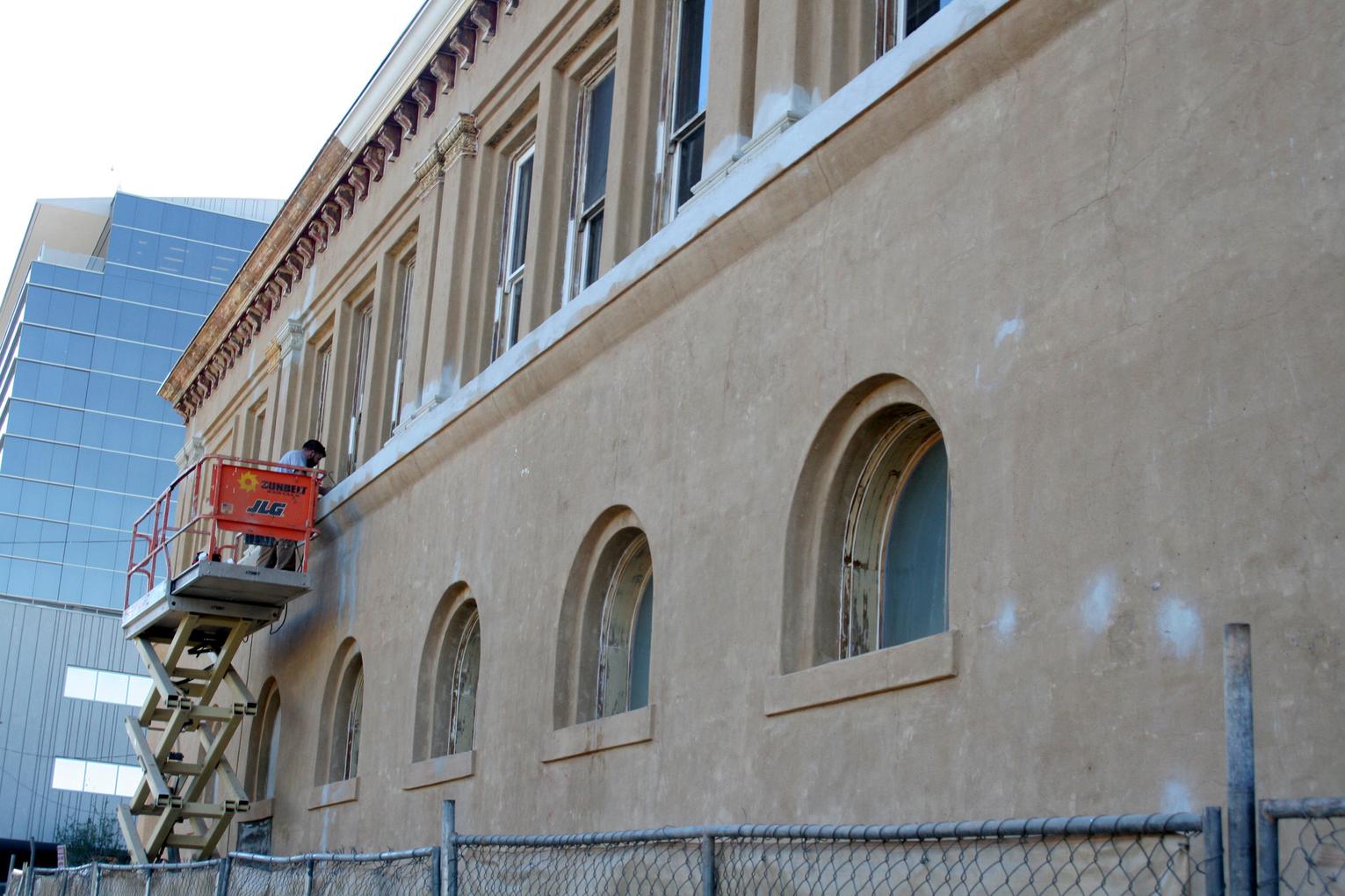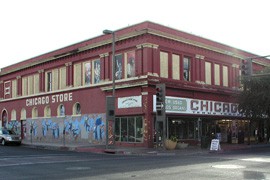Groups work to preserve historic character while revitalizing downtowns
TUCSON — On the downtown corner of East Congress Street and North Sixth Avenue stands a century-old building, often referred to as the Queen of Congress, that for decades housed a J.C. Penney store.
Now home to a business selling musical instruments, for years now the building has looked anything but regal, with boarded up windows on its upper floor and a deteriorating exterior.
But now the building is getting a facelift thanks to a grant from this city’s Downtown Facade Improvement Program, which focuses on preserving historic buildings.
It’s one way preservationists, officials and businesses in Tucson and Phoenix are collaborating to preserve historic character while rejuvenating their downtowns.
“Historic preservation has become an ethic in the community,” said Demion Clinco, president of the Tucson Historic Preservation Foundation. “People really want to live downtown. They want to be able to walk to work and bike to restaurants.”
The Downtown Facade Improvement Program, funded by private donors and a grant from the Tohono O’odham Nation as well as city taxpayers, requires property owners or tenants to match grants dollar for dollar.
In the case of the Chicago Store, which occupies the historic building on Congress Street, CEO David Fregonese matched a $100,000 grant for the exterior renovation.
“One of the foremost reasons I wanted to get the grant money was to protect my investment,” Fregonese said. “I think there was a point when people viewed the land as more valuable than the building, and I think the mindset has changed realizing that the historic nature and value of the building will probably drive the marketplace.”
Over two months, the building has had its windows restored, exterior walls and columns repaired and scores of missing decorative glass tiles on a storefront panel replaced.
So far, public funding has totaled about $610,000 for the three buildings selected to receive grants, said Jonathan Mabry, the city’s historic preservation officer.
Mabry said he also sees growing public interest in keeping historic buildings standing.
“Perceptions have shifted from viewing rundown buildings as needing to be replaced to viewing them as assets that we can build our downtown revitalization on,” he said.
In addition to grant funds, the Downtown Facade Improvement Program gives owners and tenants access to state and federal historic tax credits. Mabry said the federal historic credit allows owners to write off 20 percent of rehabilitation costs on buildings, while the state historic tax credit limits property tax increases to 1 percent per year over 10 years.
In addition, he said, private property owners obtaining the tax credits face no restrictions on how their property is used.
“Those two tax credits working together are very important financial tools,” Mabry said. “Repair and rehabilitation projects can be very costly. I believe these credits will make the difference in terms of projects working out.”
In Phoenix, a $13 million Historic Preservation Bond voters approved in 2006 has supported a number preservation projects. But Michelle Dodds, acting director of the Phoenix Historic Preservation Office, said much of that money has already been used.
“Someday we’ll have another bond initiation, and we need voters to get out and support it so we have money to rehabilitate buildings,” she said.
For years, the state’s Heritage Fund provided grants for historic preservation projects. In 2010, however, the Legislature eliminated the fund to help balance the state budget, putting many projects on hold.
“The hardest thing is finding money for preservation projects,” Phoenix architect Robert Graham said. “We all like to think we’re going to buy a historic building and fix it up just for the good of the city. But when you start to look at what the bill is and say, ‘Well, I can do this historic project but once I do I won’t be able to lease it because it has to compete with projects that are ground-up new,’ people are going to take the low-cost lease.”
Graham, who owns Motley Design Group and specializes in historic preservation, is currently working with the city’s Historic Preservation Office to restore the exterior of three historic buildings in the downtown area. He said that with Arizona State University opening a downtown campus, he’s seen a resurgence in efforts to restore downtown.
“We’ve erased so much. It’s just startling to look at old pictures and see how dense downtown was and that it was an actual city.” Graham said. “A city without historic buildings is basically a city without roots.”
In both cities, partnerships between private and public investors play a vital role in ensuring that projects are carried out. Clinco, with the Tucson Historic Preservation Foundation, said it’s also imperative for the community to be educated about and engaged in preservation projects.
“Preservation is not simple,” Clinco said. “It’s time-consuming and incredibly complicated. I cannot underscore importance of partnership. Without that in our city it would be impossible.”


